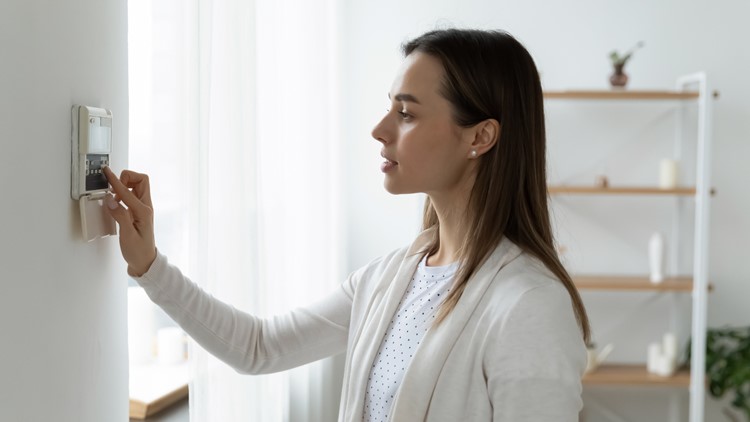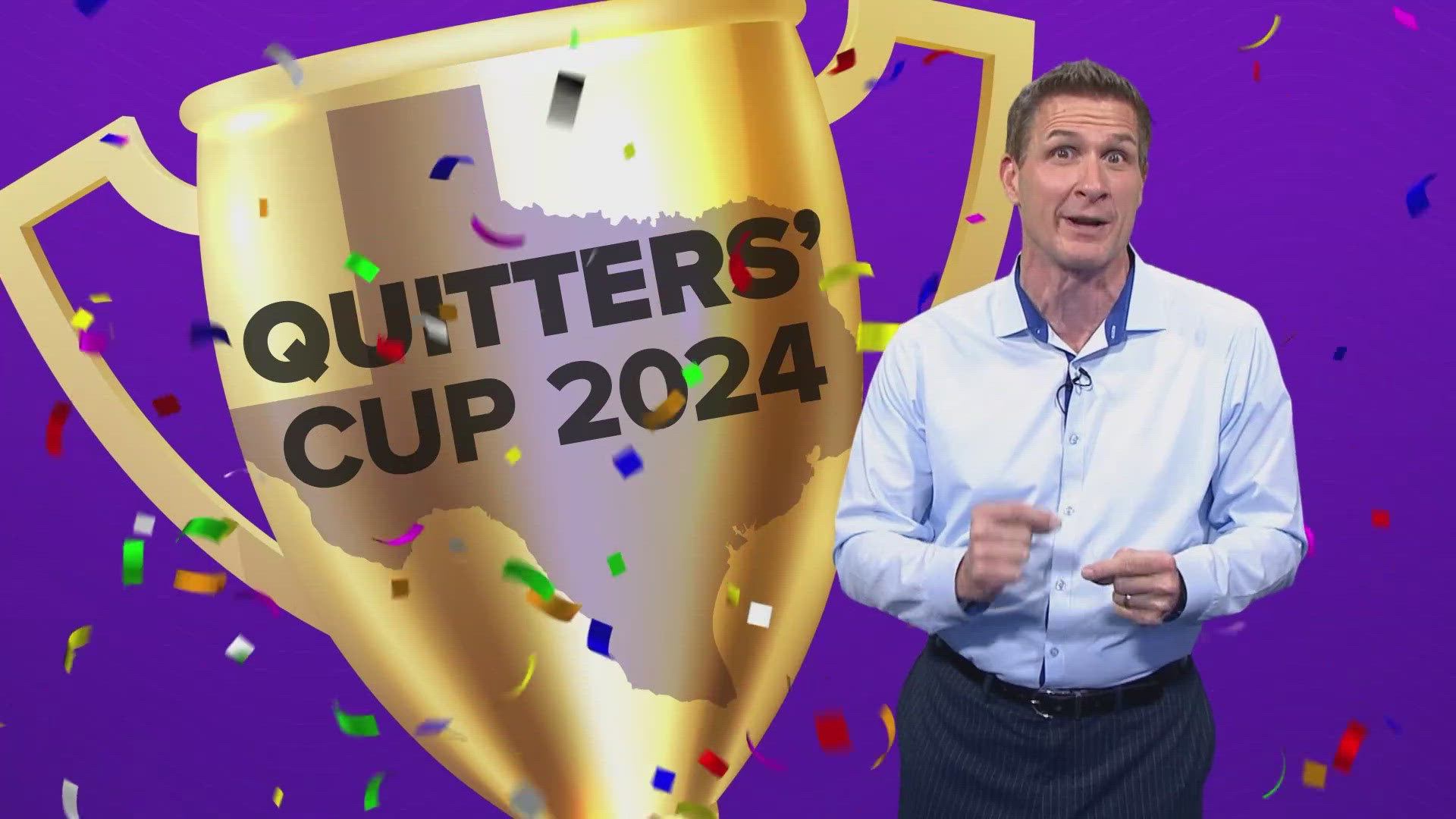TEXAS, USA — We keep being reminded of that huge winter storm that walloped Texas last February.
But we should also conjure up some memories of last March. You may remember getting that first post-deep freeze electric bill, that for many us, should have had a caution label on the envelope to sit down first and take five deep breaths.
If you have a heat pump system, which many Texas dwellings do, the supplemental heating strips kick in when the outside temperature plummets. It varies to exactly when that is triggered, but when it’s well below freezing outside, this is likely to happen.
You can also indirectly "select" to make your heat strips engage simply by setting your thermostat at a point that differs significantly enough from the actual air temperature inside, causing the heat strips to be automatically trigger on for auxiliary heating (AUX heat) to meet the demand you are making by asking your system for a significantly warmer temperature.
You can also turn on the heat strips more directly by selecting "Emergency Heating." That will speed up the warming process in your home, but the heat strips that provide that extra warm air are not energy efficient. That’s one reason why, even when it’s crazy cold there’s a recommendation to set your thermostat at something like 68 degrees or so, which might be lower than you would prefer.
Here is an explanation of when and how you might use emergency heating, and the costs of doing so.
The problem is after the huge electric grid failure in Texas last year, a lot of people might be tempted to jack that thermostat up, even if it is in emergency heating mode, to super heat the house in case of another extended power failure this time.
Sure, you’ll be warmed. But also be warned: That might cost you big on your electric bill. And it could cost a lot of other people too, because if enough people using all electric systems simultaneously max out their thermostats and put a strain on the electric grid, that can actually necessitate electricity blackouts.
One more note: If you lose power and your home becomes very chilly, some experts suggest when the power comes back on that you carefully manage the thermostat, by repeatedly setting it so that it incrementally heats up the house just a few degrees at a time.
They discourage people from setting the thermostat and 10, or 20, or even more degrees warmer than the air temperature in the home. Doing that might strain your HVAC system, and cause it to heat your home in a very inefficient and expensive way.



